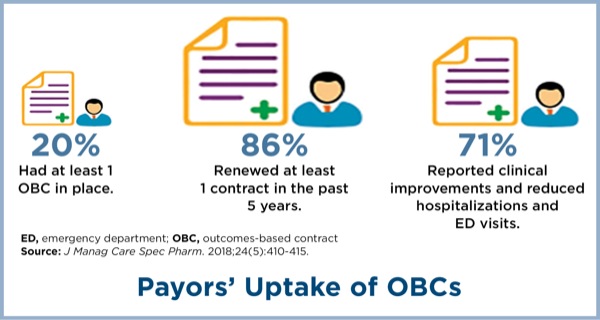“We’re looking at PBM contracting differently than we have in the past because I don’t want to control just what we spend on drugs. I’m trying to control my overall health care spending,” says Erik A. Sossa, PepsiCo’s vice president of global benefits and wellness.
Pepsi is one of the eight companies in the contract. Others include Chevron, ExxonMobil, Sodexo, Solvay USA, and Yum! Brands. The remaining two have declined to be publicly identified, says Sossa.
“To change the nature of how we contracted with PBMs, we needed to take rebates off the table,” Sossa explains. “Instead, we negotiated with Express Scripts from the acquisition cost, net of rebates and net of the average wholesale price.” In other words, the contract is built around Express Scripts’ actual cost of medications. “We pay what Express Scripts pays for drugs,” he says. “That’s the starting point that we haven’t seen in other contracts with PBMs—at least not yet.”
The employers and Express Scripts also agreed to the clinical and financial guarantees. “Rather than chasing rebates or price, we wanted to change the motivation and the nature of the partnership with our PBM,” says Sossa.
Tyrone’s Commentary:
Given the projected growth of both traditional and specialty pharmacy costs, employers must be better educated when working directly with its PBM. The companies referenced in this article understand radical transparency is key to lower drug prices. Accounting for the PBMs take home is paramount to achieving any reasonable level of transparency. Do you understand this or are you still putting the most emphasis on AWP discount and rebate guarantees? Ongoing education in the PBM space improves appropriate use of prescription drugs and eliminates wasteful spending. Employers, large and small, should strive for a relationship that provides the best outcomes and lowest net cost – that starts with education.
In negotiating financial performance guarantees based on per-member-per-month spending levels, the employers agreed to a two-sided risk contract with Express Scripts. If costs are lower than an agreed-upon amount based on what the employers spent on pharmacy benefits in 2018, then the employers pay Express Scripts a bonus. If costs are above the baseline, the employers pay less.
When negotiating the contract terms, Express Scripts worked out the details with each of the eight companies separately, says Snezana Mahon, the PBM’s vice president of clinical programs. “We agreed on the risk parameters client by client, and the outcomes we agreed to achieve are based on the specific needs of each client’s population, meaning we are customizing this program to the plan.”
Continue Reading >>
 How can a PBM arbitrarily designate certain drugs as specialty medications you ask? The same way a non-fiduciary PBM might designate a generic drug as brand. It’s all about the contract definitions. In every scenario where a plan sponsor has shared their success with reducing pharmacy costs, they’ve mentioned the contract. The mention is usually very subtle unless of course you have a trained-eye then it sticks out like a sore thumb. Remove opaque definitions from your PBM contract.
How can a PBM arbitrarily designate certain drugs as specialty medications you ask? The same way a non-fiduciary PBM might designate a generic drug as brand. It’s all about the contract definitions. In every scenario where a plan sponsor has shared their success with reducing pharmacy costs, they’ve mentioned the contract. The mention is usually very subtle unless of course you have a trained-eye then it sticks out like a sore thumb. Remove opaque definitions from your PBM contract.






